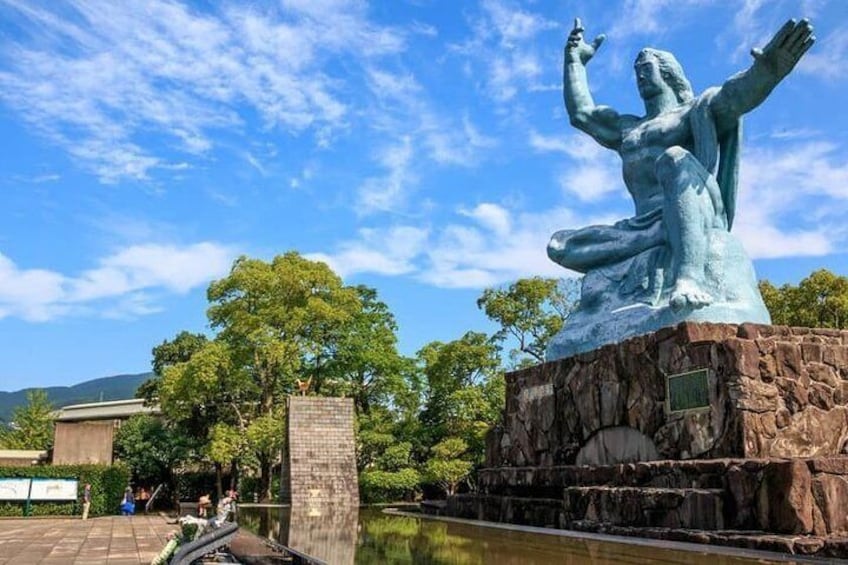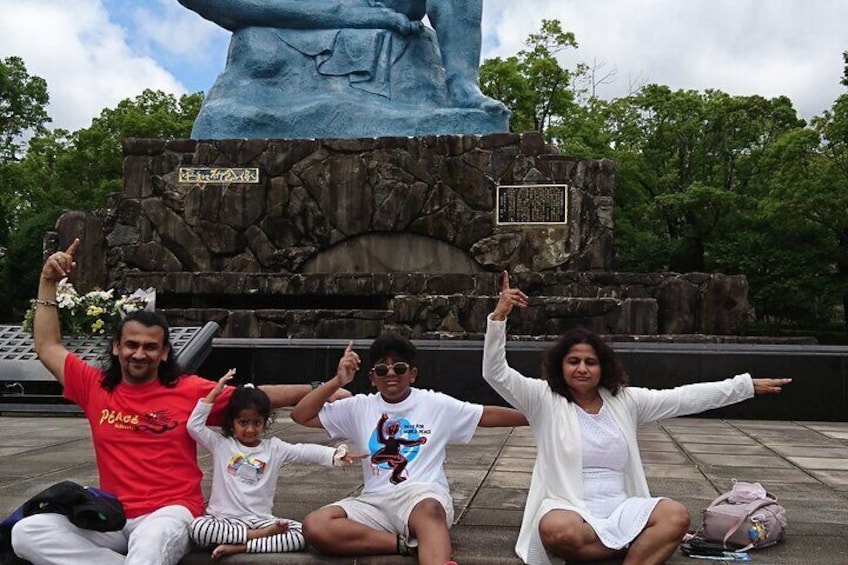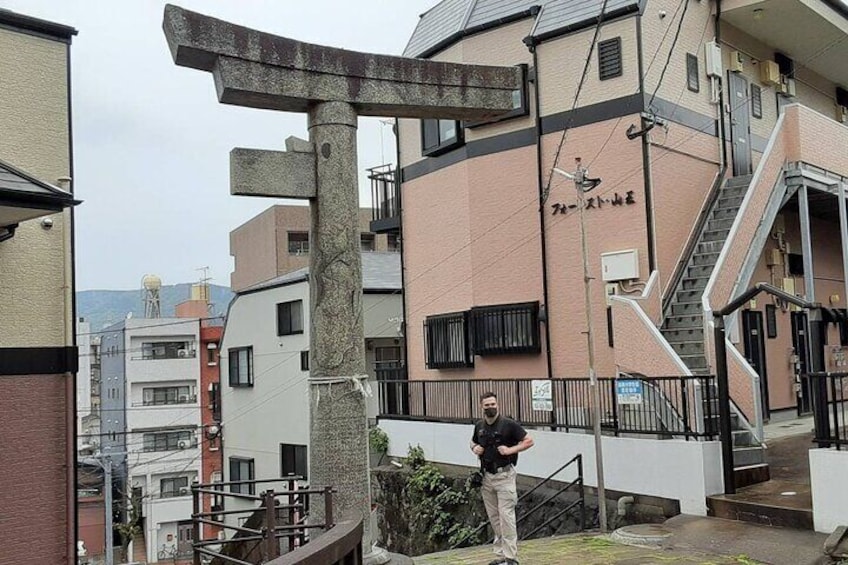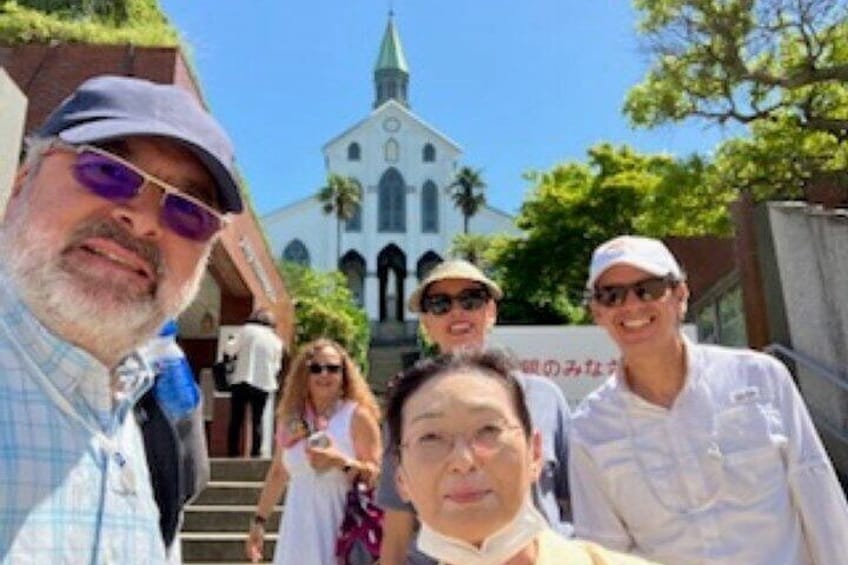Members save 10% or more on over 100,000 hotels worldwide when you’re signed in





Nagasaki Full-Day Private Tour with Government-Licensed Guide
9/10
9 out of 10Features
- Free cancellation available
- 6h
- Mobile voucher
- Instant confirmation
- Selective hotel pickup
- Multiple languages
Overview
Explore Nagasaki with a government-licensed and experienced English-speaking guide! Your guide will help you efficiently enjoy a full-day walking tour of Nagasaki and introduce both modern and traditional sides of this dynamic and ancient Japanese city.
Your guide will meet you at your hotel in Nagasaki and take you to visit Nagasaki's famous sites.
Along with atomic bombing of Nagasaki during WWII, this city's history features many prominent events. You can learn about this and other interesting aspects during this full-day walking tour accompanied by your private guide.
Note1: You cannot visit all the sites on the itinerary. You can choose up to 4 sites to visit. You must inform your guide of the sites you wish to visit.
Note2: The National Government Licensed Guide Interpreter certification is issued by the Japanese government requires a good knowledge and understanding of Japanese culture and history.
Activity location
- Gunkanjima Digital Museum
- 5-6 Matsugaemachi
- 850-0921, Nagasaki, Nagasaki Prefecture, Japan
Meeting/Redemption Point
- Gunkanjima Digital Museum
- 5-6 Matsugaemachi
- 850-0921, Nagasaki, Nagasaki Prefecture, Japan
Check availability
Nagasaki Full-Day Private Tour with Government-Licensed Guide
- 6h
- English
Pickup included
What's included, what's not
- Licensed Local English Speaking Guide
- Meet up with guide on foot within designated area of Nagasaki
- Customizable Tour of your choice of 3-4 sites from 'What to expect' list
- Transportation fees, Entrance fees, Lunch, and Other personal expenses
- Private Vehicle
- You cannot combine multiple tour groups.
- Guide Entry fees are only covered for sights listed under What to Expect.
Know before you book
- Service animals allowed
- Public transportation options are available nearby
- Infants and small children can ride in a pram or stroller
- All areas and surfaces are wheelchair accessible
- Transportation options are wheelchair accessible
- Wheelchair accessible
- Suitable for all physical fitness levels
- This is a walking & public transport tour. Pick up is on foot.
Activity itinerary
Gunkanjima Digital Museum
- 30m
- Admission ticket not included
Nagasaki Peace Park
- 30m
Inasayama Observation Deck
- 30m
Nagasaki Lantern Festival
- 30m
Glover Garden
- 30m
- Admission ticket not included
Sofukuji Temple
- 30m
- Admission ticket not included
Dejima
- 30m
- Admission ticket not included
Urakami Cathedral
- 30m
- Admission ticket not included
Nagasaki Museum of History and Culture
- 30m
- Admission ticket not included
Kofukuji Temple
- 30m
- Admission ticket not included
Nagasaki Gokoku Shrine
- 30m
- Admission ticket not included
Catholic Oura Church
- 30m
- Admission ticket not included
Kofukuji Temple
- 30m
- Admission ticket not included
The Confucian Temple, the Chinese Museum of Successive Generations
- 30m
- Admission ticket not included
Oura Catholic Church
- 30m
- Admission ticket not included
Twenty-Six Christian Martyrs Monument
- 30m
- Admission ticket not included
Dutch Slope (Pass by)
Spectacles Bridge (Meganebashi)
- 30m
Nagasaki Prefectural Art Museum
- 30m
- Admission ticket not included
Location
Activity location
- Gunkanjima Digital Museum
- 5-6 Matsugaemachi
- 850-0921, Nagasaki, Nagasaki Prefecture, Japan
Meeting/Redemption Point
- Gunkanjima Digital Museum
- 5-6 Matsugaemachi
- 850-0921, Nagasaki, Nagasaki Prefecture, Japan